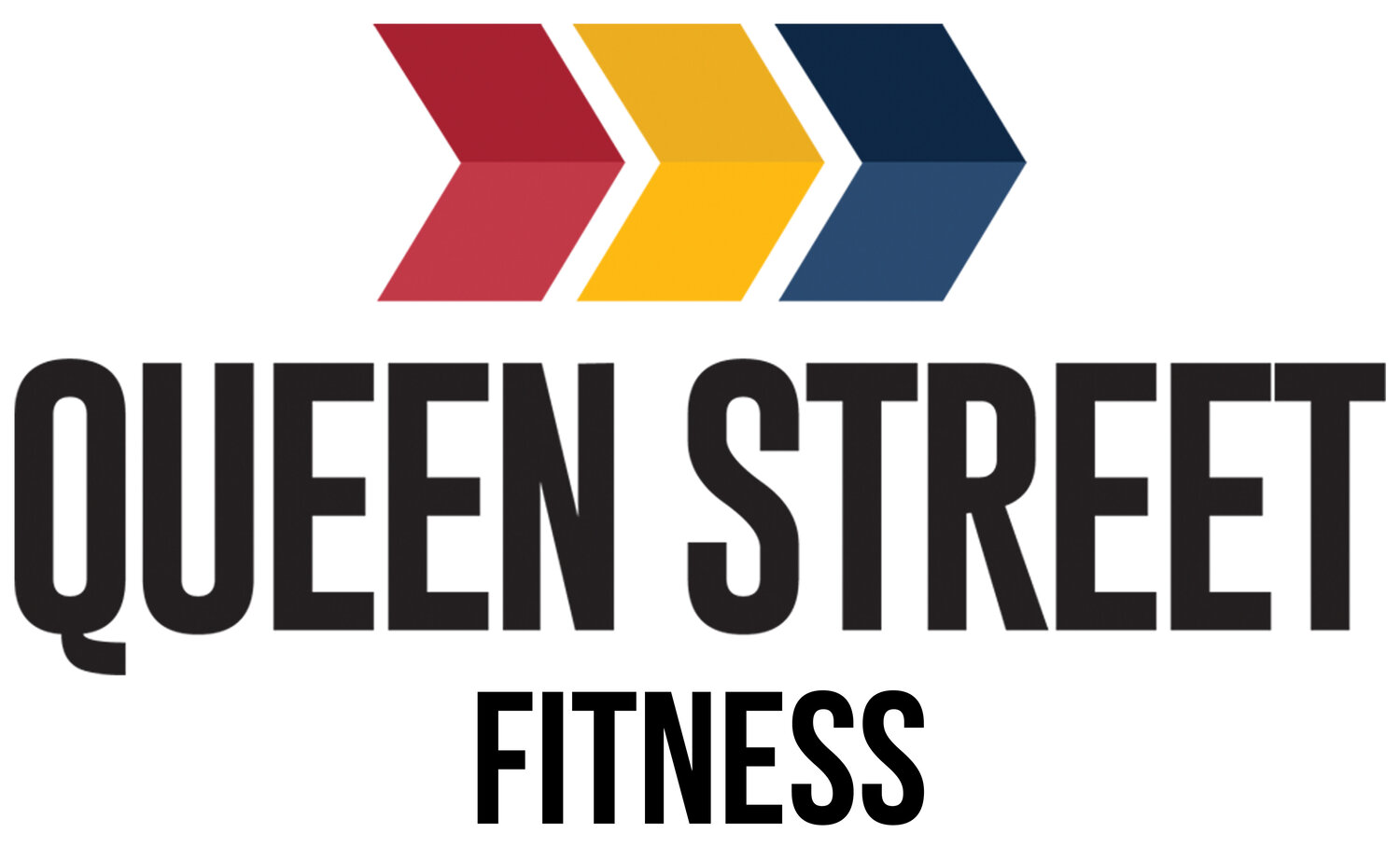CrossFit, like any sport or hobby, comes with its own culture. We have acronyms and phrases (AMRAP, C2B, SDHP, TTB, etc), and a bit of a ‘costume,’ in the form of common gear and apparel. If you are new to CrossFit, you might be looking around the gym wondering: Why does everyone seem to have 3 pairs of shoes? Why do some people wear belts when they lift? Why is that guy putting tape on his thumbs?
In this article, we are going to briefly explain some of the common gear and apparel that athletes may choose: Sleeves, belts, grips, and shoes. The intent of this resource is not to encourage you to buy a whole bunch of stuff. In fact, we want you to understand that the following items are just tools, and aren’t guaranteed to improve performance or make you fitter. You can really do CrossFit wearing anything, having gear is not a prerequisite to being fit (or fitting in!). That being said, it is good to know what’s available that may aid in your comfort or performance, so down the road if you want to invest in some of this gear you know where to start.
Sleeves
Some athletes wear sleeves on their joints (knees or elbows). These compress the joint— keeping it warm and promoting blood flow in a workout. For some athletes who feel pain or stiffness in their knees or elbows, sleeves are an easy prevention and potential fix.
Belts
Lifting belts come both in hard and soft variations, and at a number of widths. Athletes use belts to help them brace the abdominals during a heavy lift. This helps the athlete stabilize his or her spine. The jury is still out as to whether belts are “good” or “bad” for one’s back, but many athletes find them useful for max lifts or heavy workouts.
Hand Grips
CrossFit involves a lot of grip: pull-ups, muscle-ups, kettlebell swings, deadlifts, snatches, and many more movements ask a lot of your hands. Some athletes wear gymnastics grips, which are fabric (often made from leather or synthetic fibers) attached to a wrist band and that fits over two or three fingers like a glove. These are designed to help you hold on, and also prevent rips and tears on the skin of your palms.
Weightlifting Shoes (LIFTERS)
Regular running and training shoes often have minimal soles. They are built to absorb the force associated with each step as it is applied. When weightlifting (front, back or overhead squatting; performing the Clean and Jerk or the Snatch), you want to be able to transfer more force into the ground, increasing your ability to pull the bar higher or drive out of the bottom position of the squat. Weightlifting shoes are thus designed with a still sole and a raised heel. The raised heel assists in the range of motion of the ankle: with the ankle slightly raised, it is easier to sit back into the squat rather than leaning forward.
CrossFit Shoes
The two most popular shoes designed specifically with CrossFit in mind are the Reebok Nano and the Nike Metcon, which have come out in many variations over the years. These shoes often provide some support for lifting, but also are suitable for running and jumping. Some have features for specific CrossFit movements, for example, some Nanos have extra support in the inner part of the sole so that it you can grip your feet better during a rope climb. Of all equipment on this list, if you were looking to buy one thing, we recommend getting a pair of shoes designed for CrossFit. As our coach Matt says, “Running shoes are great…for running.”
Jump ropes
We have two types of jump ropes at the gym: the Rx Jump Rope, and the RPM speed rope. The Rx Rope is designed with double-unders in mind: the handle swivels easily for smooth rotation from the wrist. The RPM Speed rope is lighter, has a coated cable, a knurled grip, and allows you to go even faster. We have our ropes sized in standard increments. The benefit of having your own rope is being able to size it specifically for your height (by changing the length of the cable), and having the weight of cable and feel of the handle that you prefer.
CONCLUSION
As always, if you have any other questions about gear and apparel, feel free to talk to a coach, or if you see another athlete at the gym use something you are curious about, you can always ask them (when they aren’t in the middle of a workout, of course).







